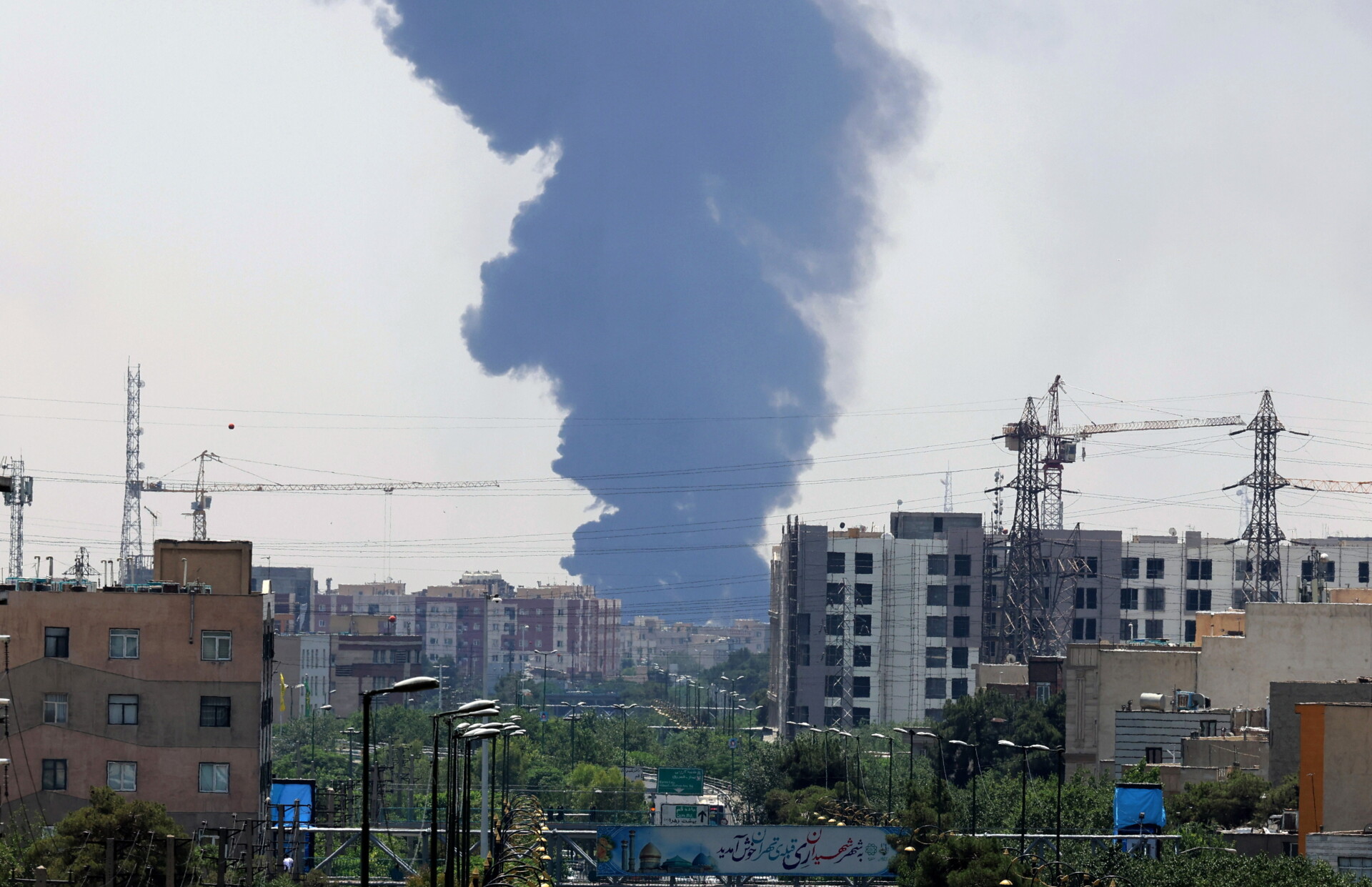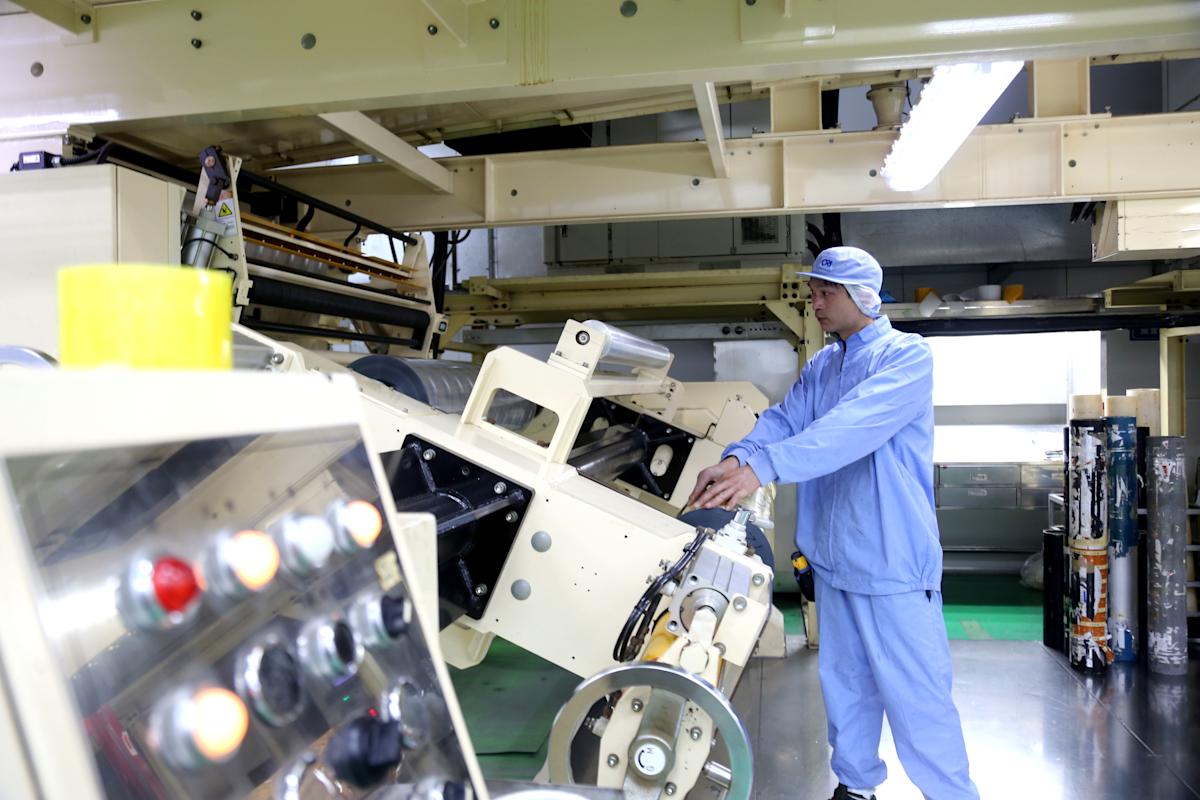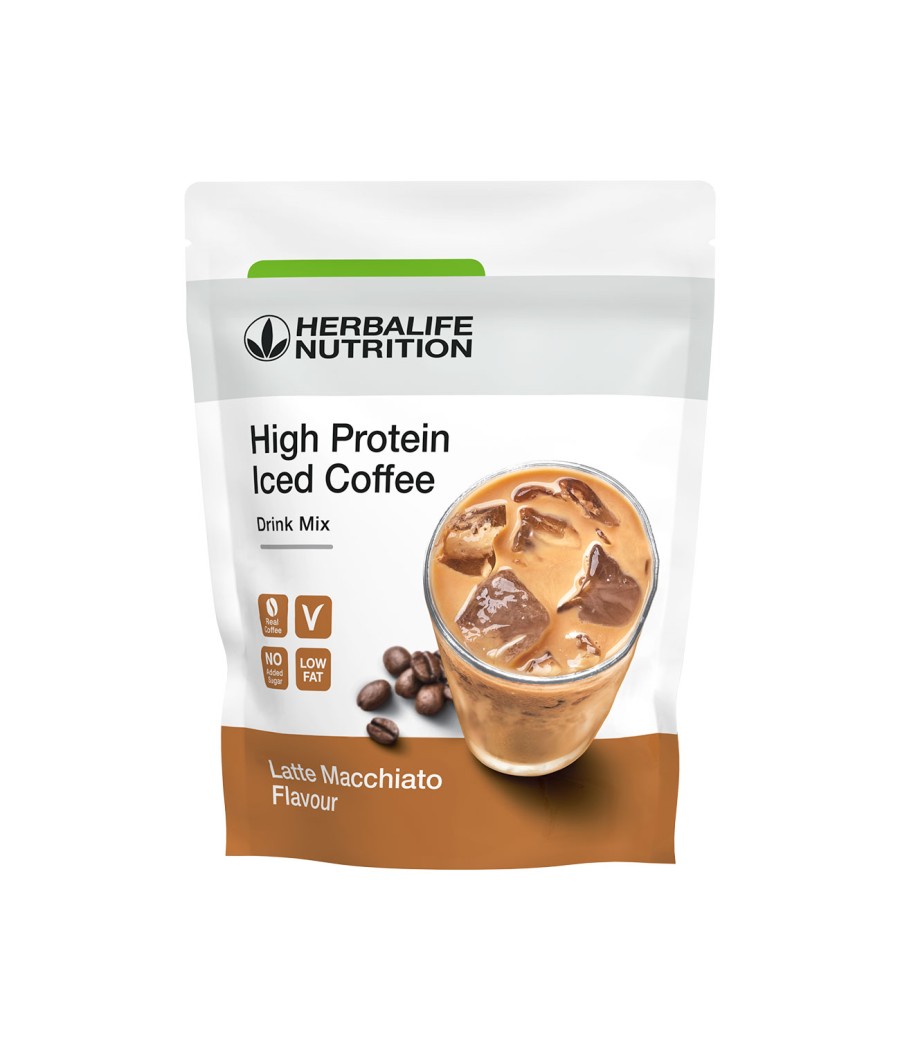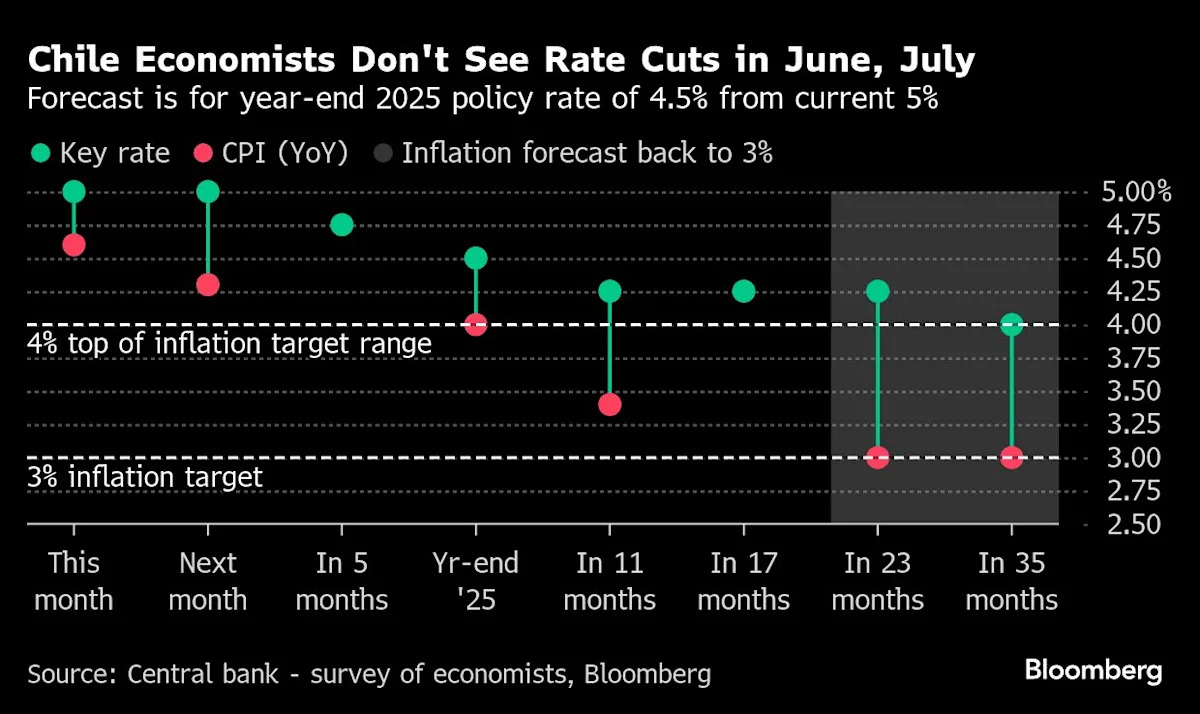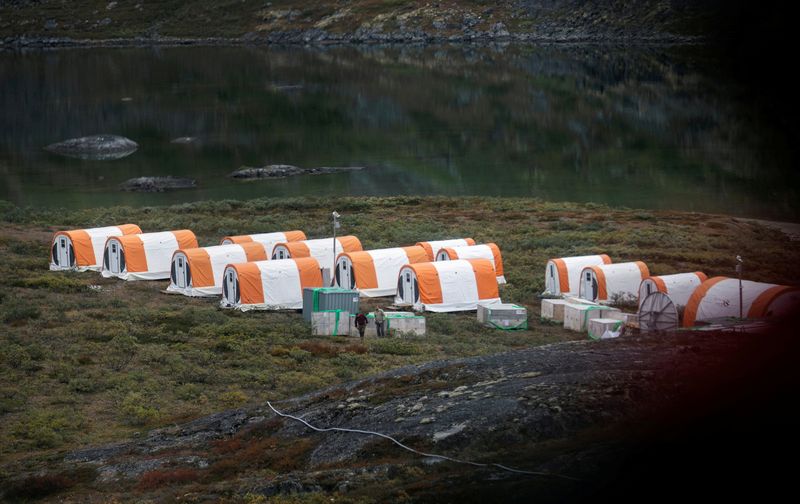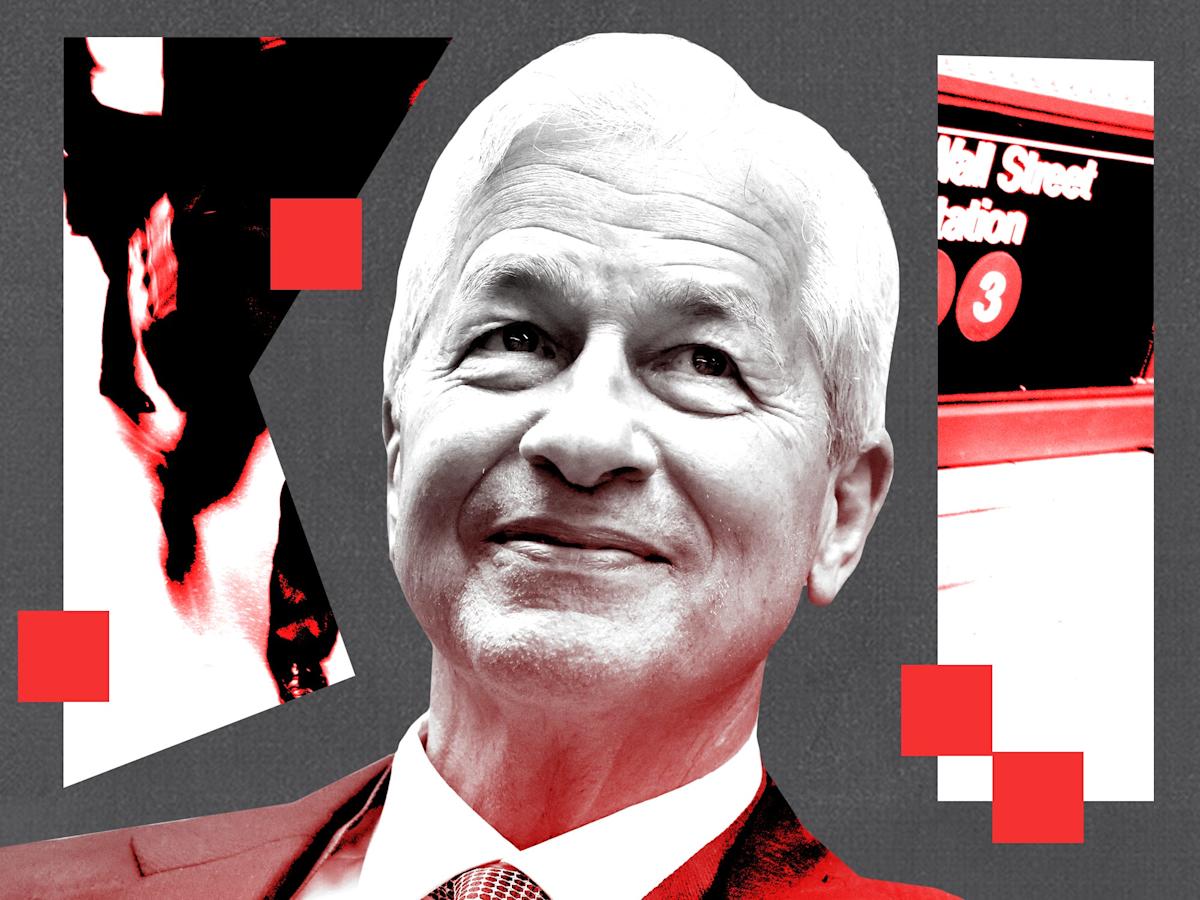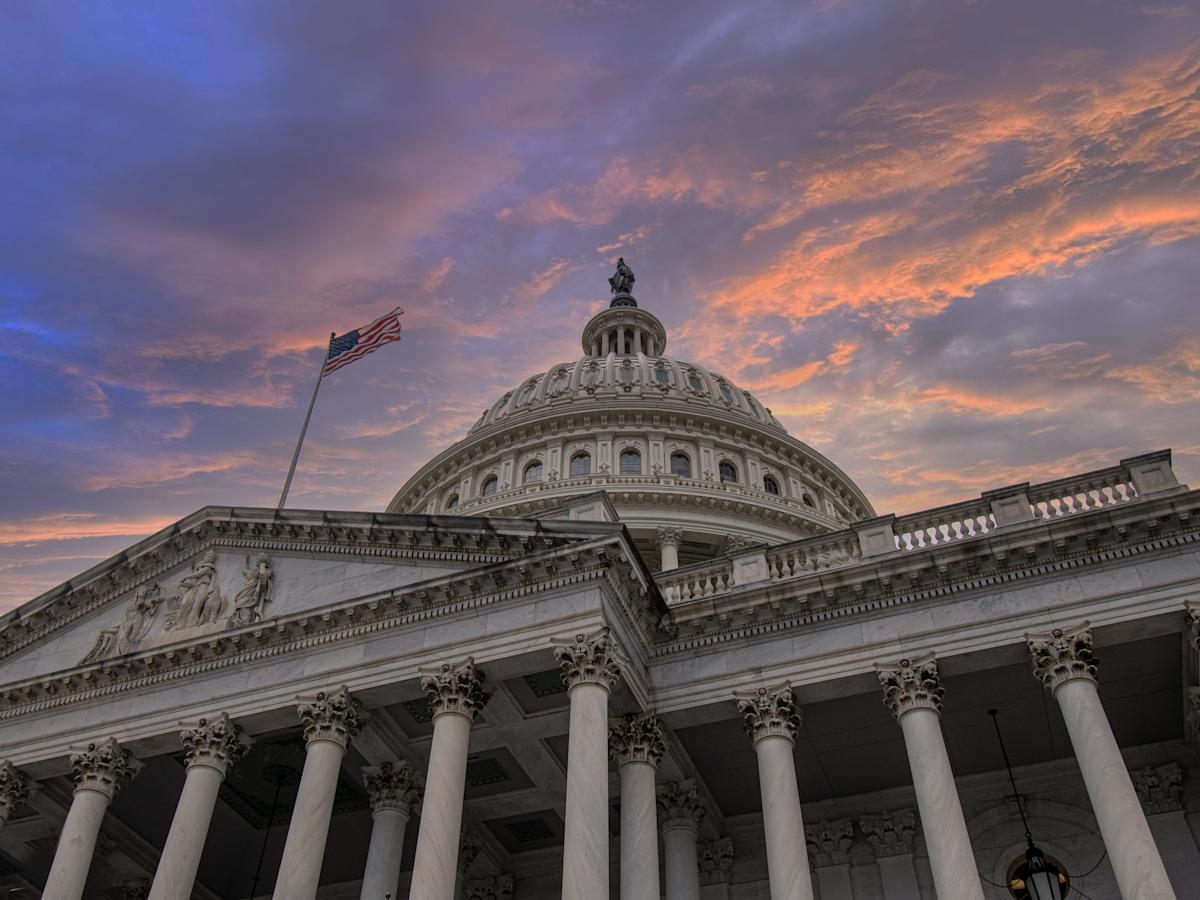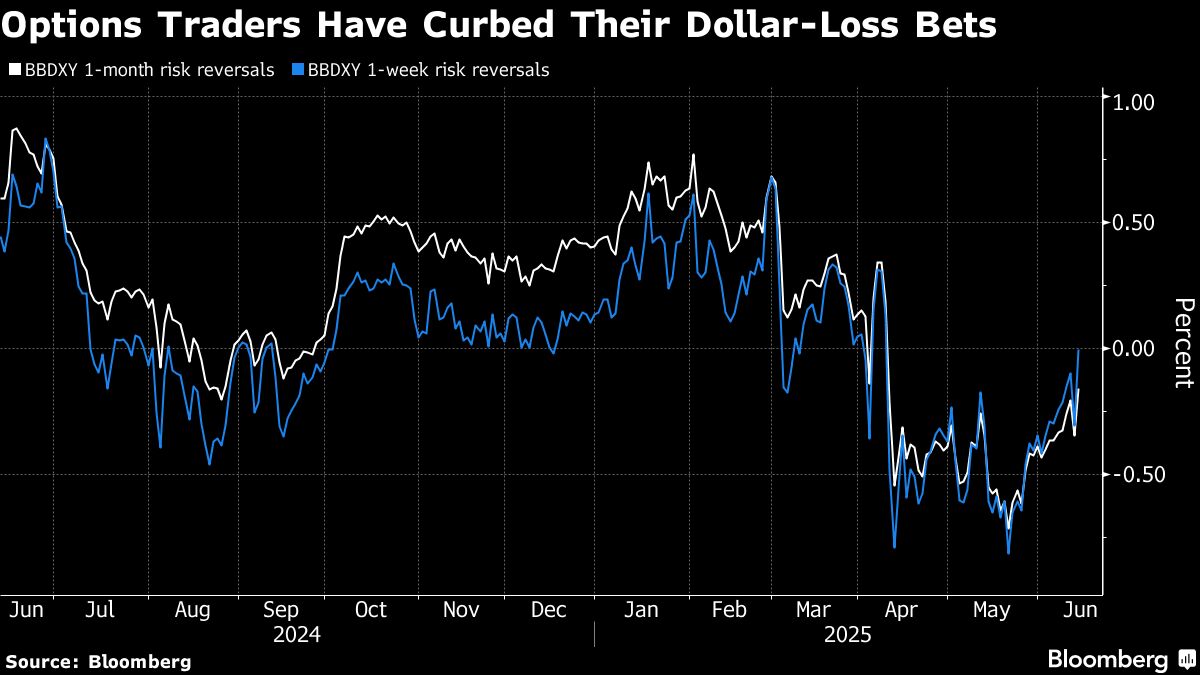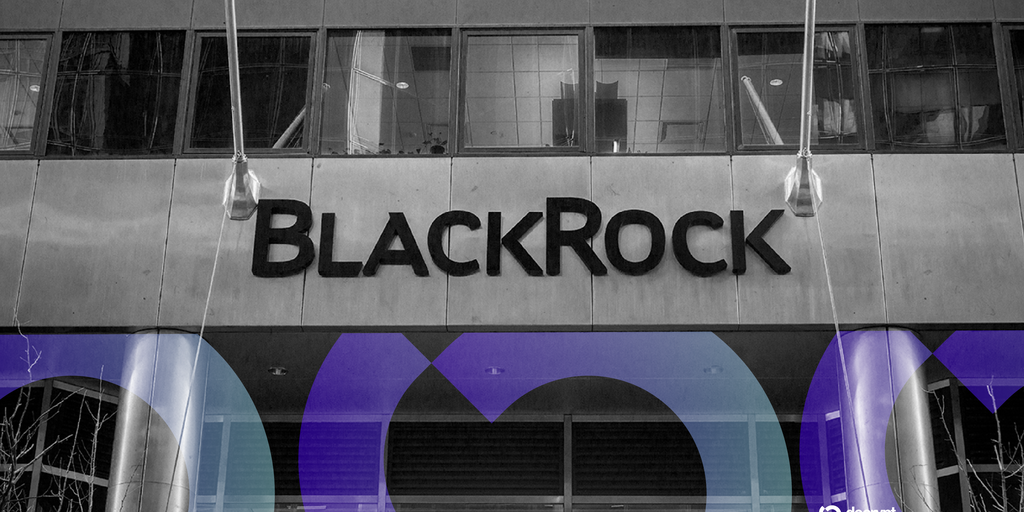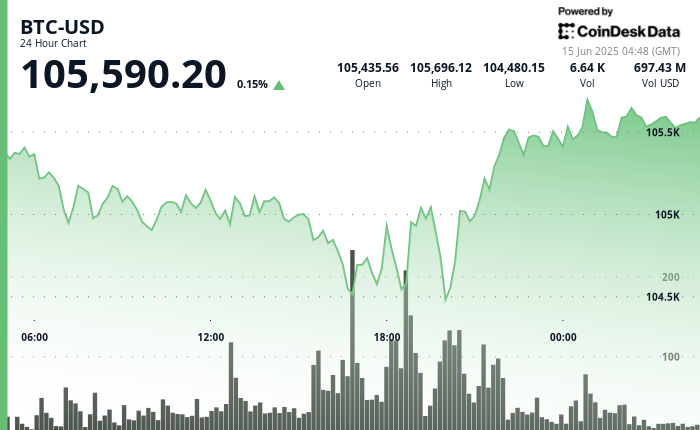Pharma manufacturing 'boom' faces high costs, potential delays
And with generations of humans living longer comes greater demand for drugs for chronic and serious diseases that are prevalent in older age groups, Jimenez said.
That's why the recently announced plans have less to do with Trump’s efforts to revive US manufacturing and more to do with the supply-chain risk and needs of the drug giants.
And it's why the US is going to see a flurry of construction activity — and the headwinds that will come with it.
'Historical' nexus
Bryan Northrop, Skanska (SKBSY) USA building national executive adviser for science and technology, told Yahoo Finance the announcements signal a "substantial amount of work for all these companies to undertake in the US in the same timeframe."
Laks Pernenkil, principal and practice leader of US life sciences at Deloitte, said that the construction industry has already been facing delays in current building projects — preceding the election and subsequent tariffs.
At a conference he attended in October, Pernenkil said one of the biggest questions plaguing pharma leaders is, "With all of us making all these announcements, can the construction industry keep up with the demand that's coming down the pike?"
The new manufacturing announcements could turn into a high-stakes competition for pharma companies hoping to get the best teams assigned to their projects.
With plans in the works for years before the announcements, drugmakers were already looking at factors like location, material costs, and labor.
What they probably didn't plan for is the cost and time crunch that Trump's tariffs and immigration policies have created, experts said.
With the cost of steel and aluminum increased due to the tariffs, plus disruptions in immigration visa processing, the construction industry is feeling the pain. Romero noted that overall, construction prices are up 45% since 2020, after a brief decline post-pandemic.
All of that will add to more costs and possible delays.
“We may see more pauses of projects if it's harder to attract people to work sites, and on top of that, there’s that pausing of immigration into the country," Romero said.
"This is a very interesting historical nexus of events coming together at the same time," said Arda Ural, Americas life sciences leader at EY.
Each company has a different level of exposure to the problems, since each company has a different project size and scope, he said.
It's why the new announcements are going to add even more pressure to the construction industry.
Jennie Taveras, vice president and life science sector lead at STO Building Group, said she anticipates a lot more collaboration between bigger construction firms and smaller ones.
"Even the largest builders are going to need help and partners for these accelerated timelines," she said.
American revival?
Will this construction rush bring manufacturing back, or even surpass, its historical high in the US? That's a debate.
Legacy hubs included the northeast of the US, particularly the tristate area and Boston; North Carolina's "research triangle"; the West Coast; and Chicago. But lately, Ohio, Georgia, Texas, and even Florida have cropped up as potential locations for new sites. And in the Midwest, Indianapolis is booming thanks to the investment of Eli Lilly, maker of one of the leading blockbuster weight-loss drugs, Zepbound.
Manning those facilities is another consideration for drugmakers, because they need highly skilled labor. But the labor requirements of running these sites are one-fourth of what they used to be, thanks to automation and robotics, according to Deloitte's Pernenkil. So maybe a staff of 1,000, of which a small percentage need to be highly skilled, is needed rather than 4,000.
“I don’t think they will all go to legacy pharma hubs. They will spread out in the US, which is what the [Trump] administration is trying to do," Pernenkil said.
But Skanska's Northrop said it isn't likely to spread to states that aren't already home to at least one site or planned site.
"You could stand up a plant in the middle of nowhere because it's cheap land and cheap labor to build the facility," he said. "But if you can't get the right workforce to operate it successfully, it's a no-win situation."
Anjalee Khemlani is the senior health reporter at Yahoo Finance, covering all things pharma, insurance, care services, digital health, PBMs, and health policy and politics. That includes GLP-1s, of course. Follow Anjalee as AnjKhem on social media platforms X, LinkedIn, and Bluesky @AnjKhem.
Content Original Link:
" target="_blank">

